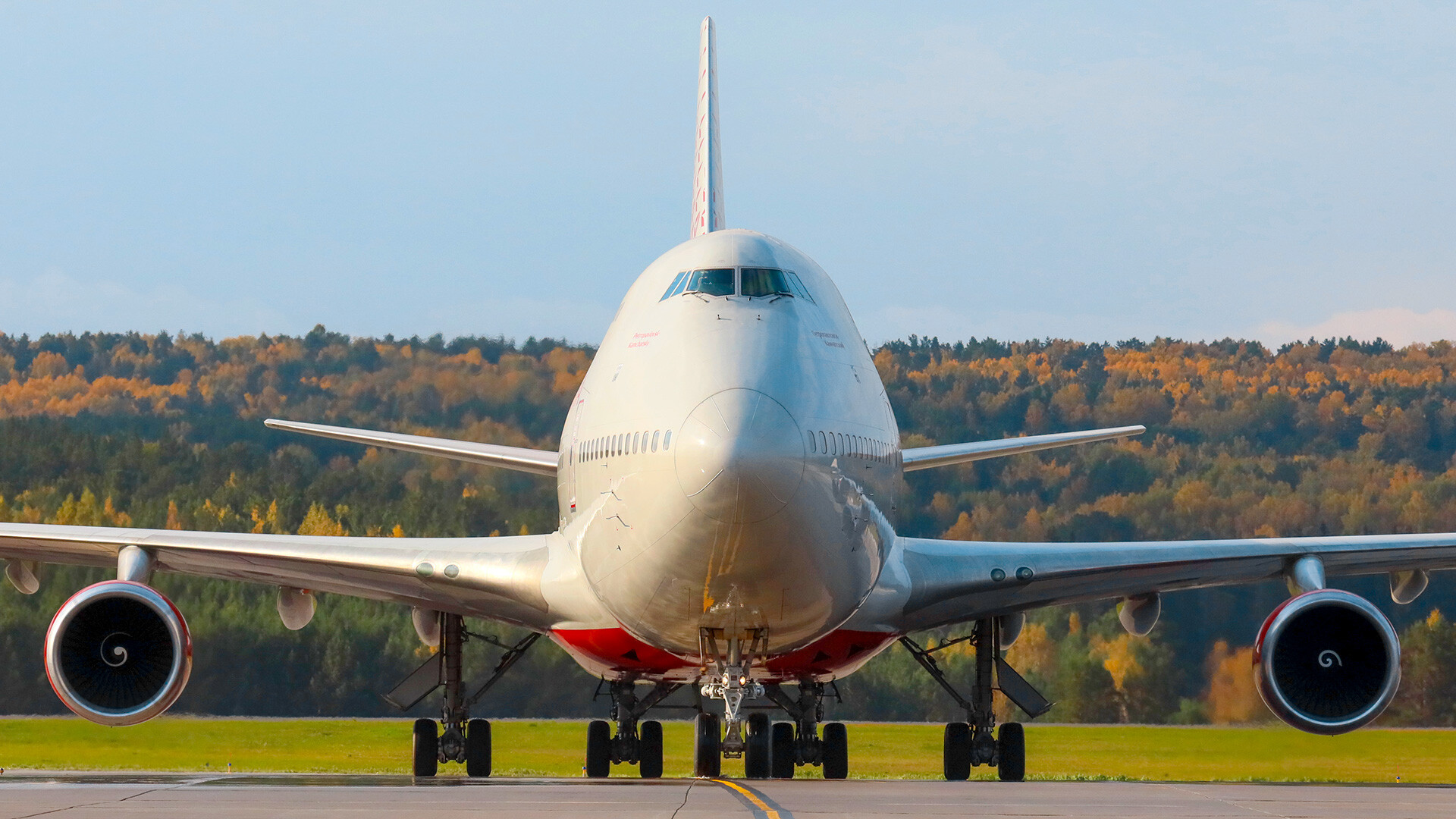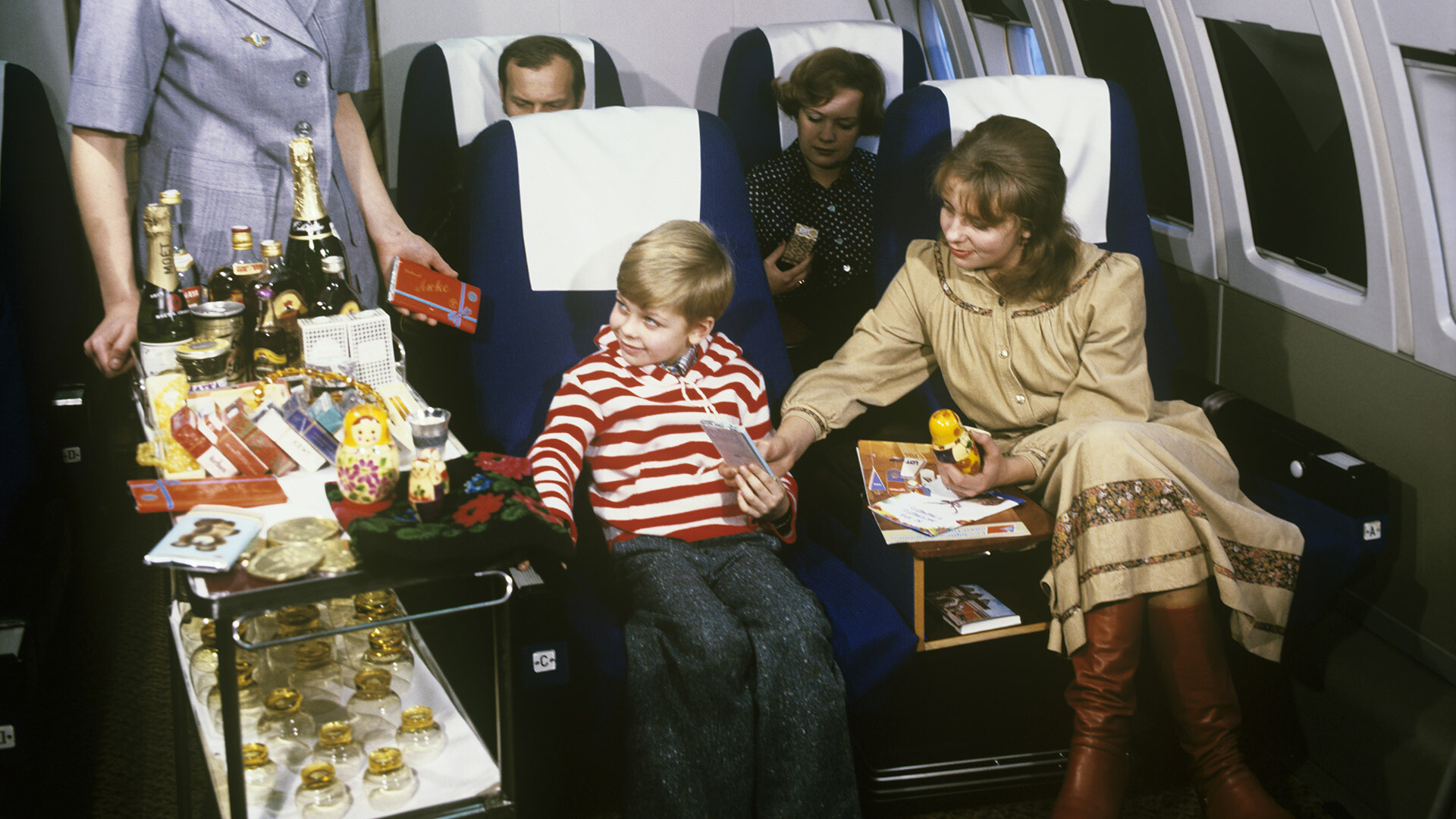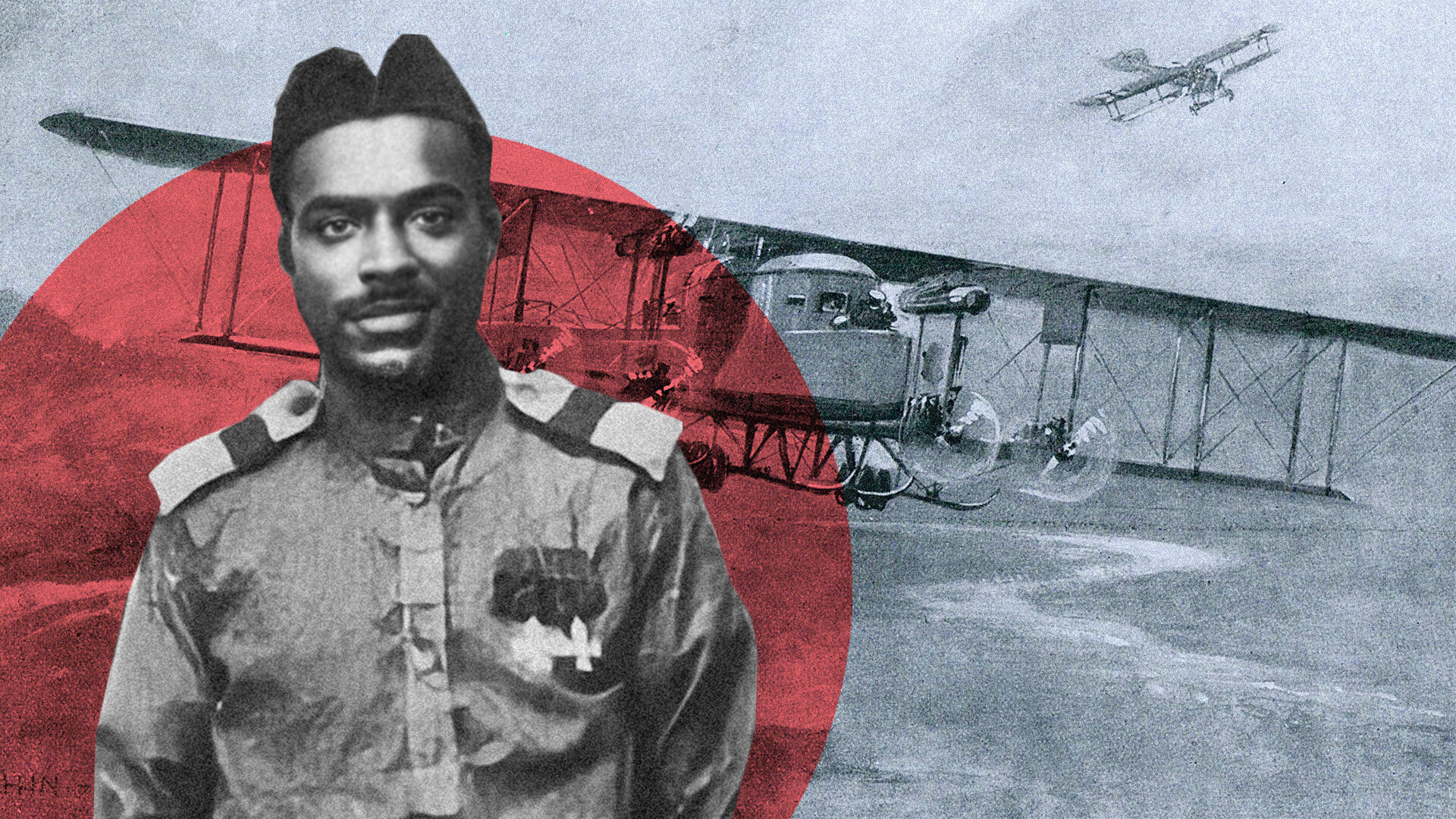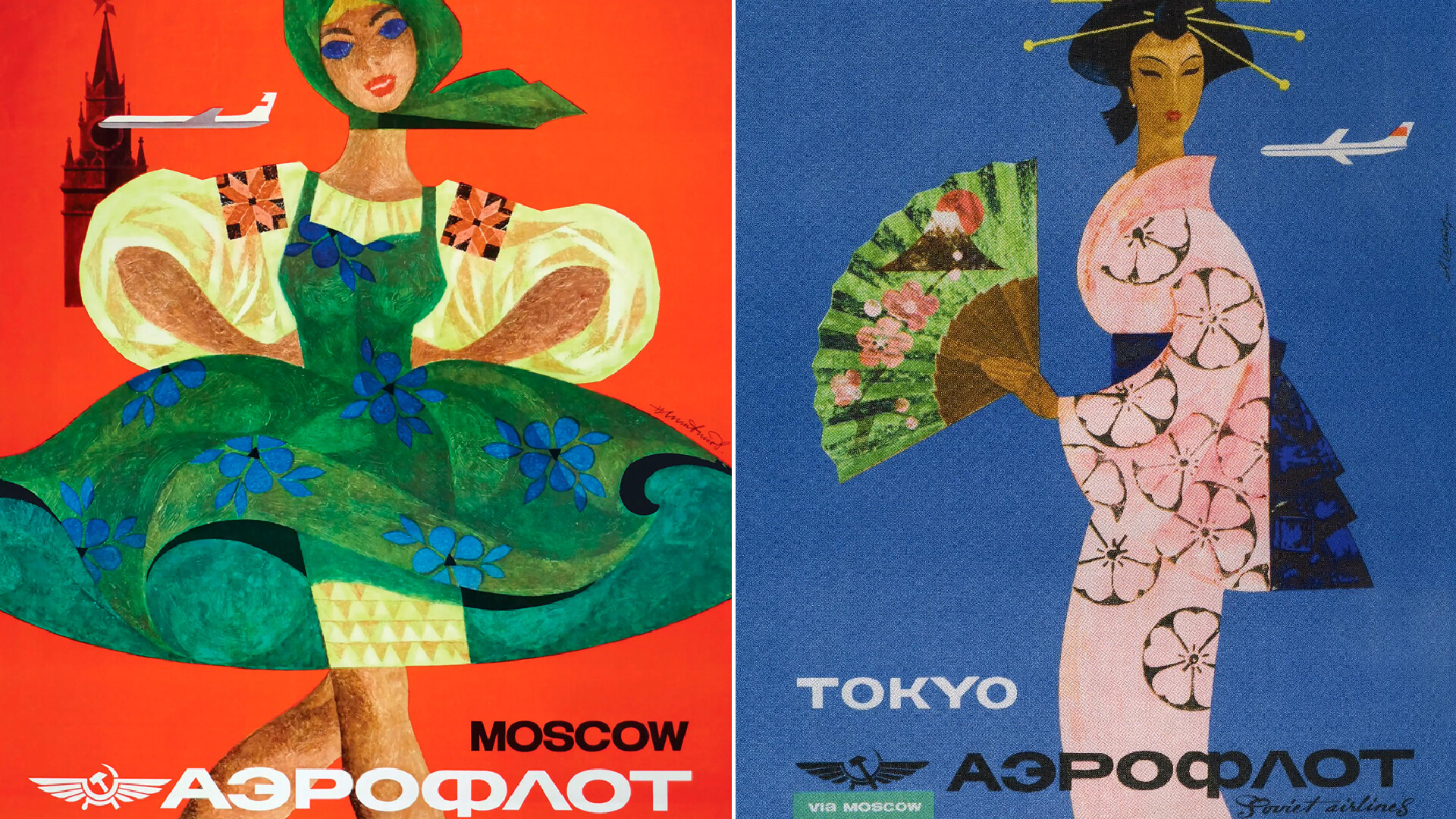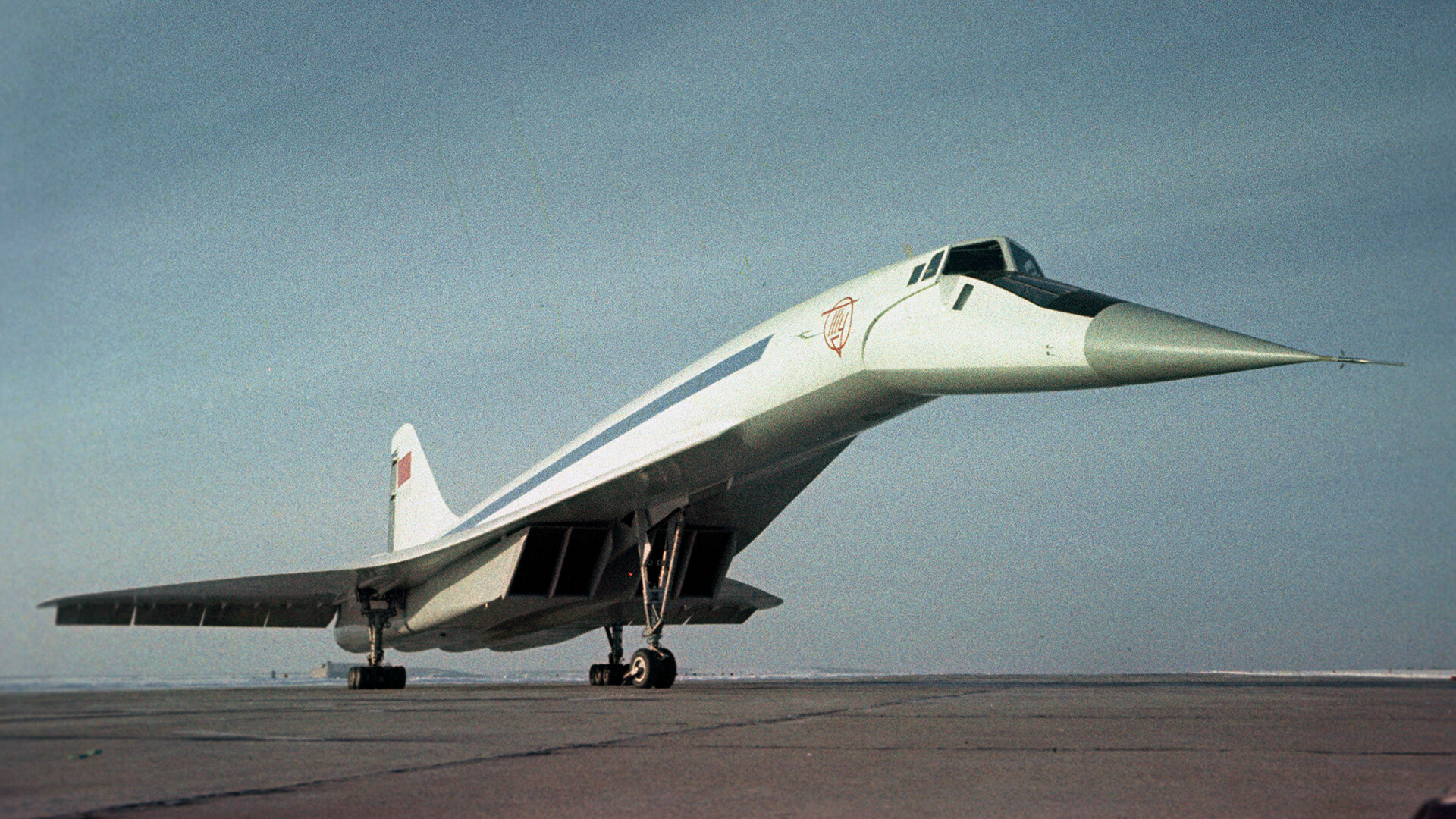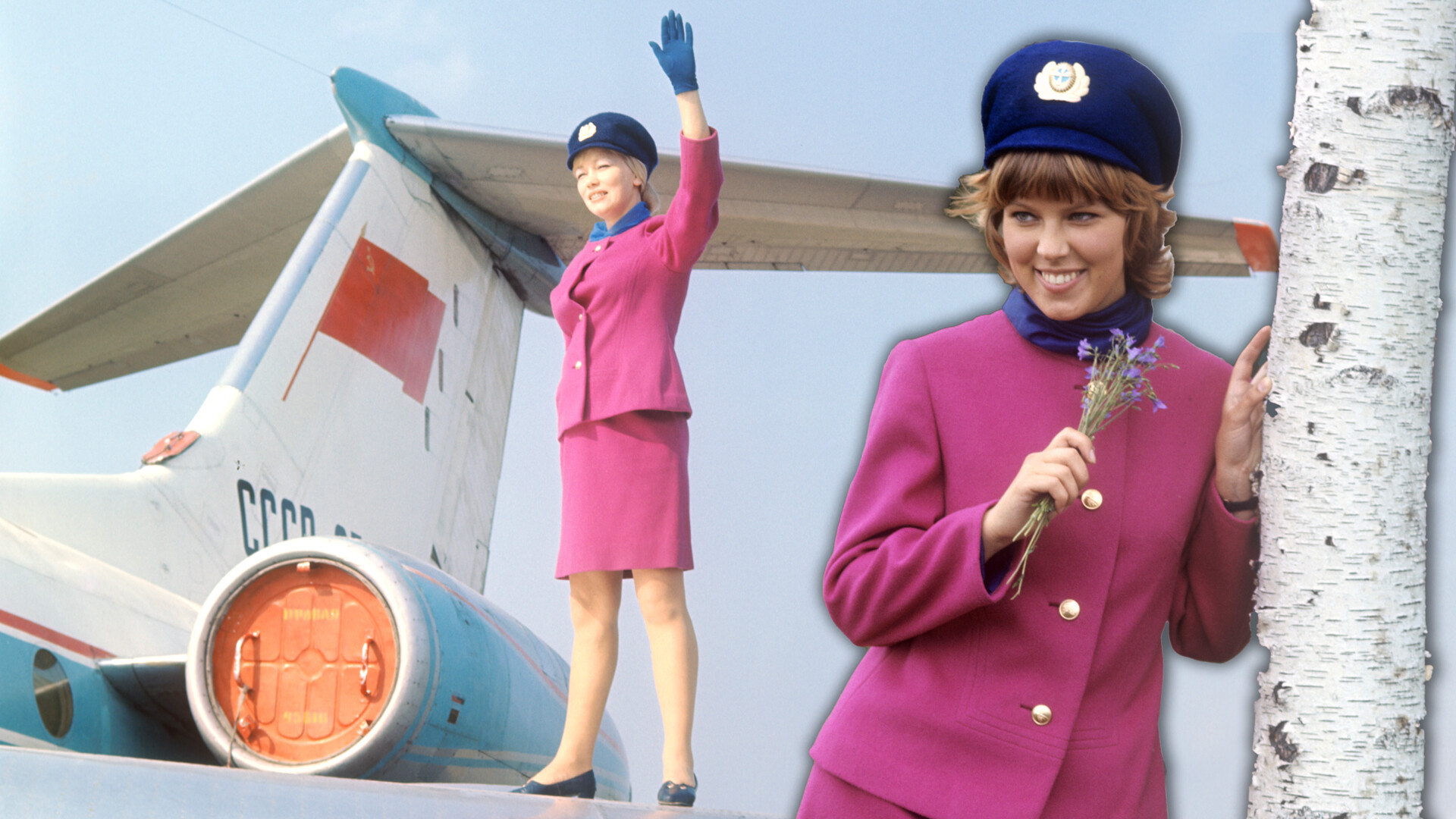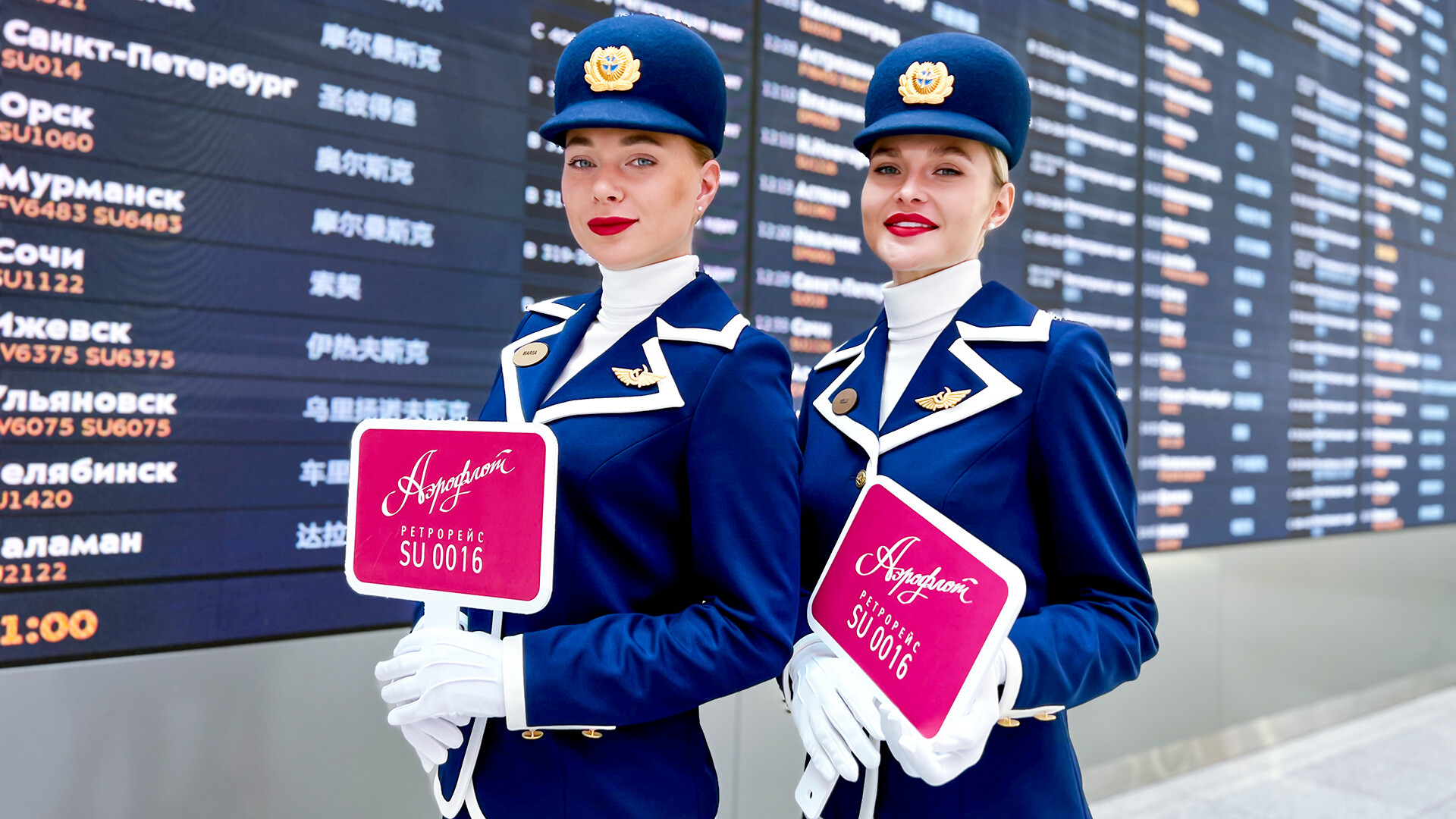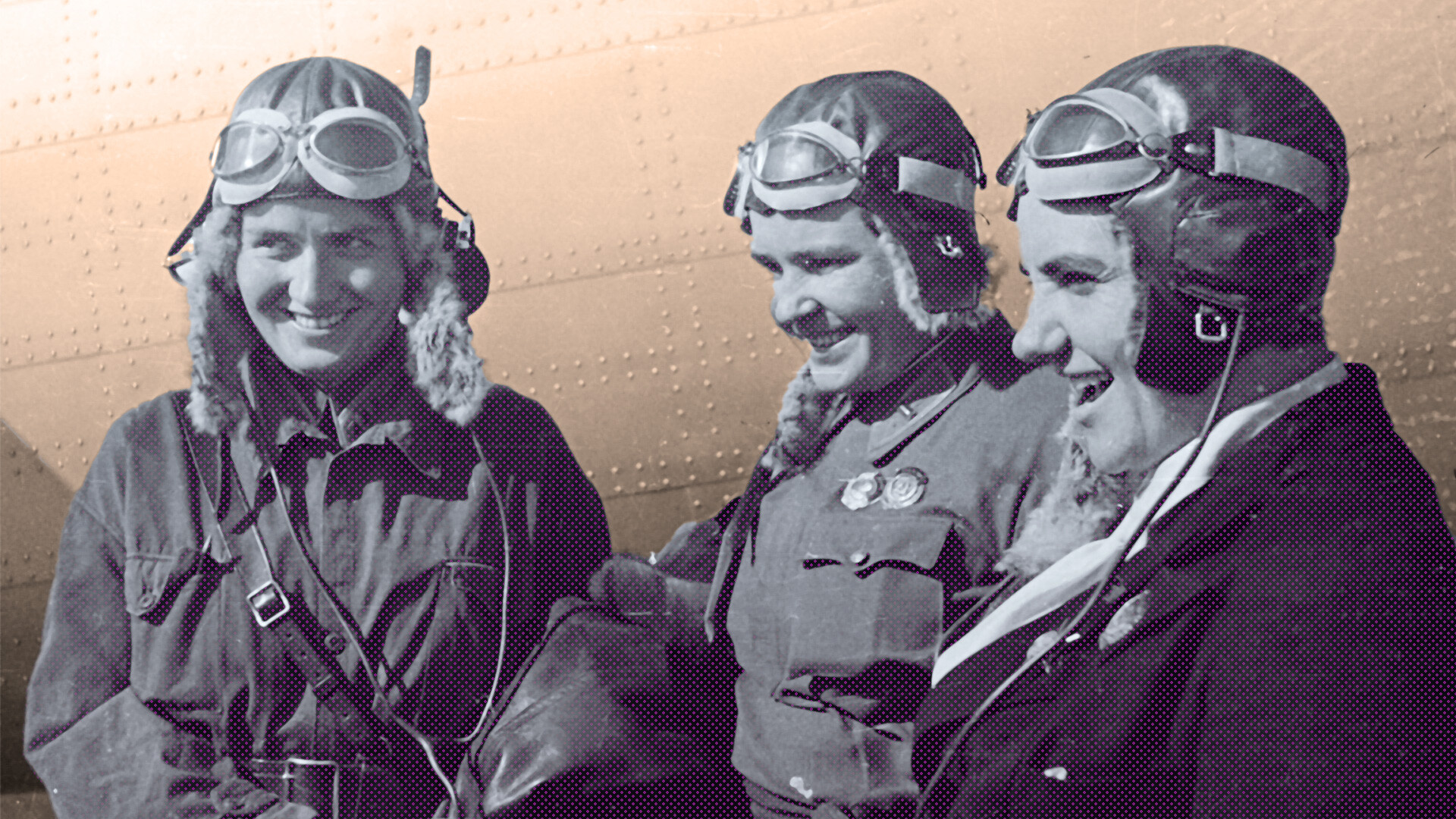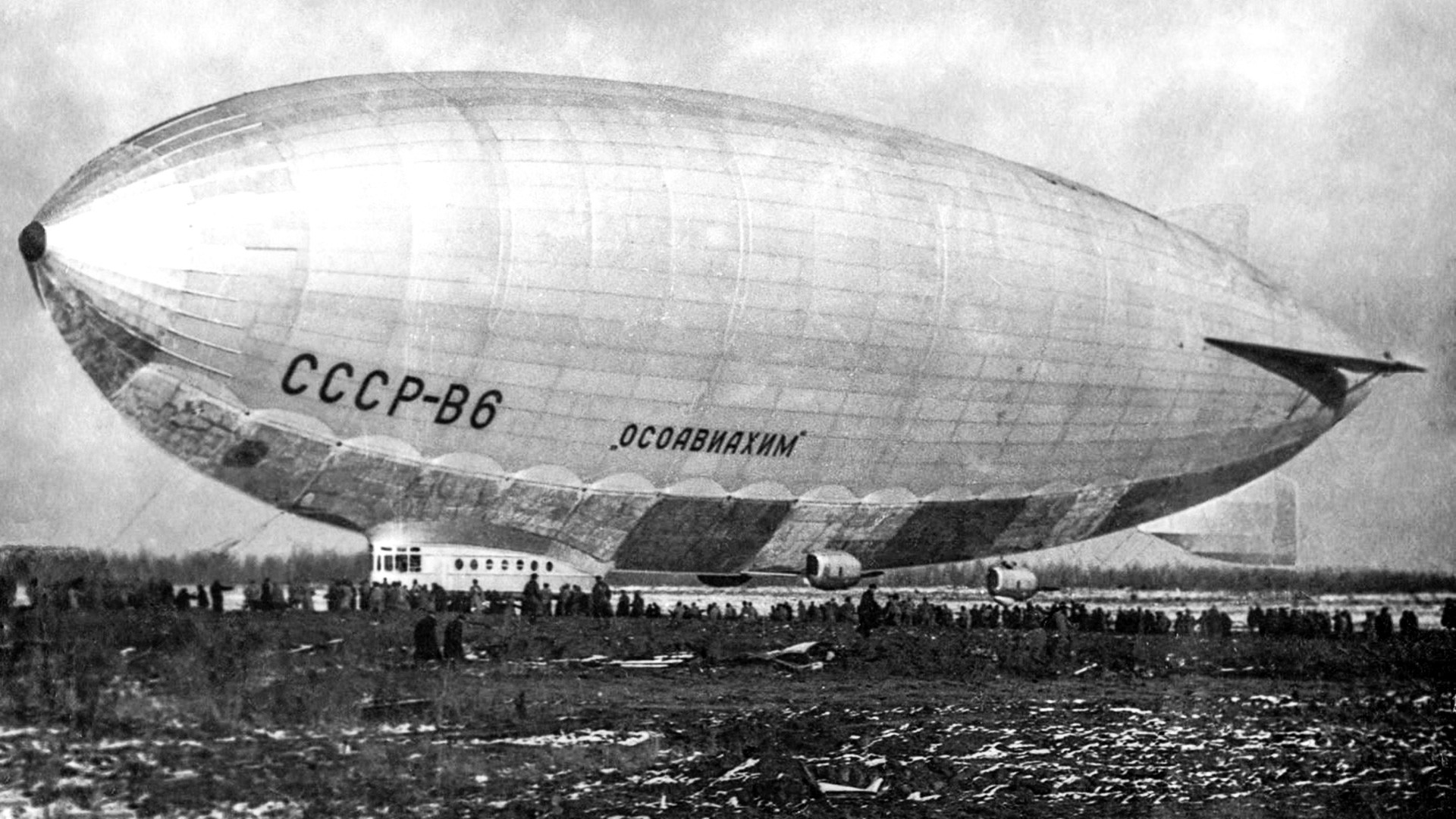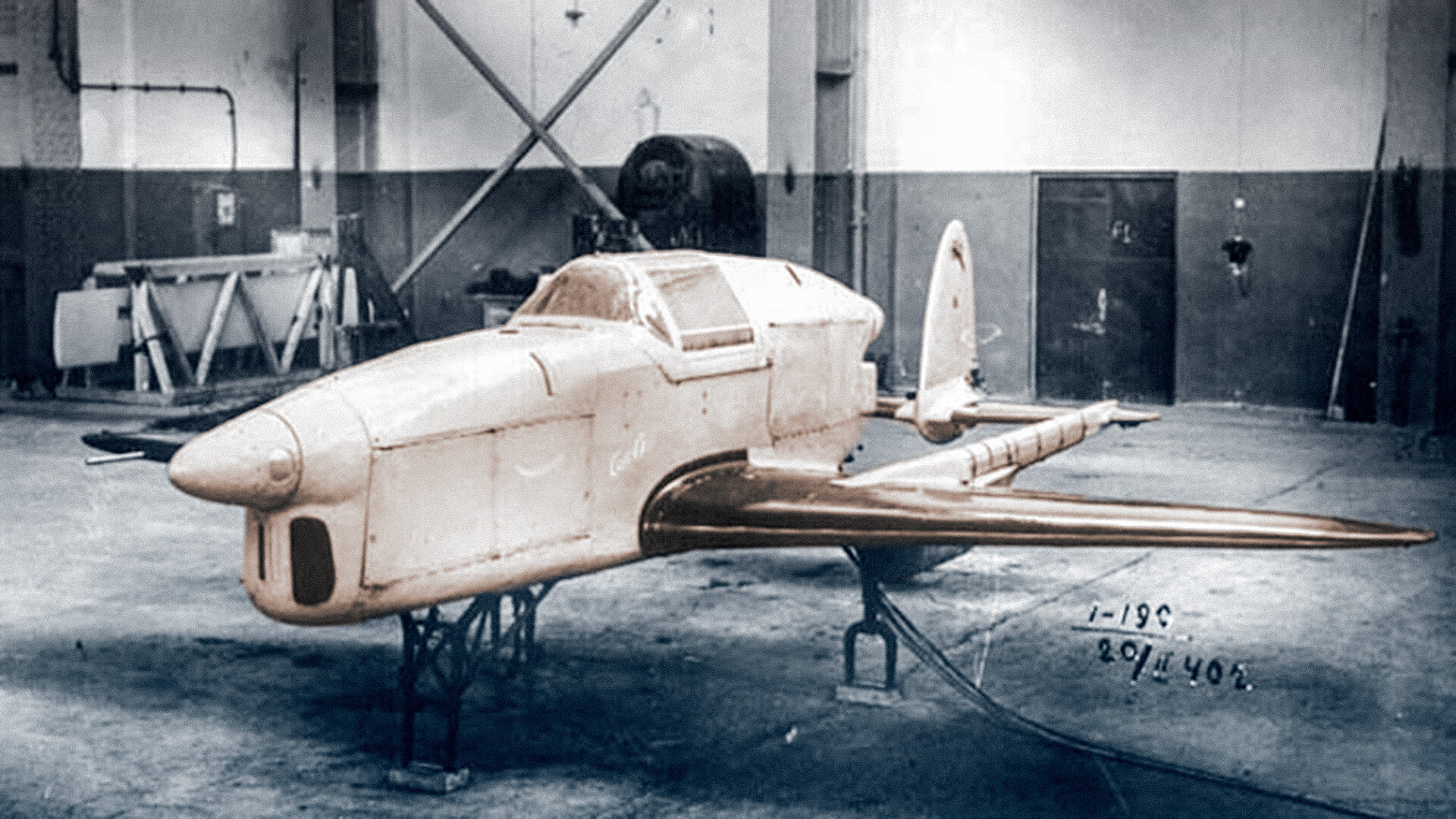
Why did this Soviet aircraft end up in the Guinness Book of Records? (PHOTOS)
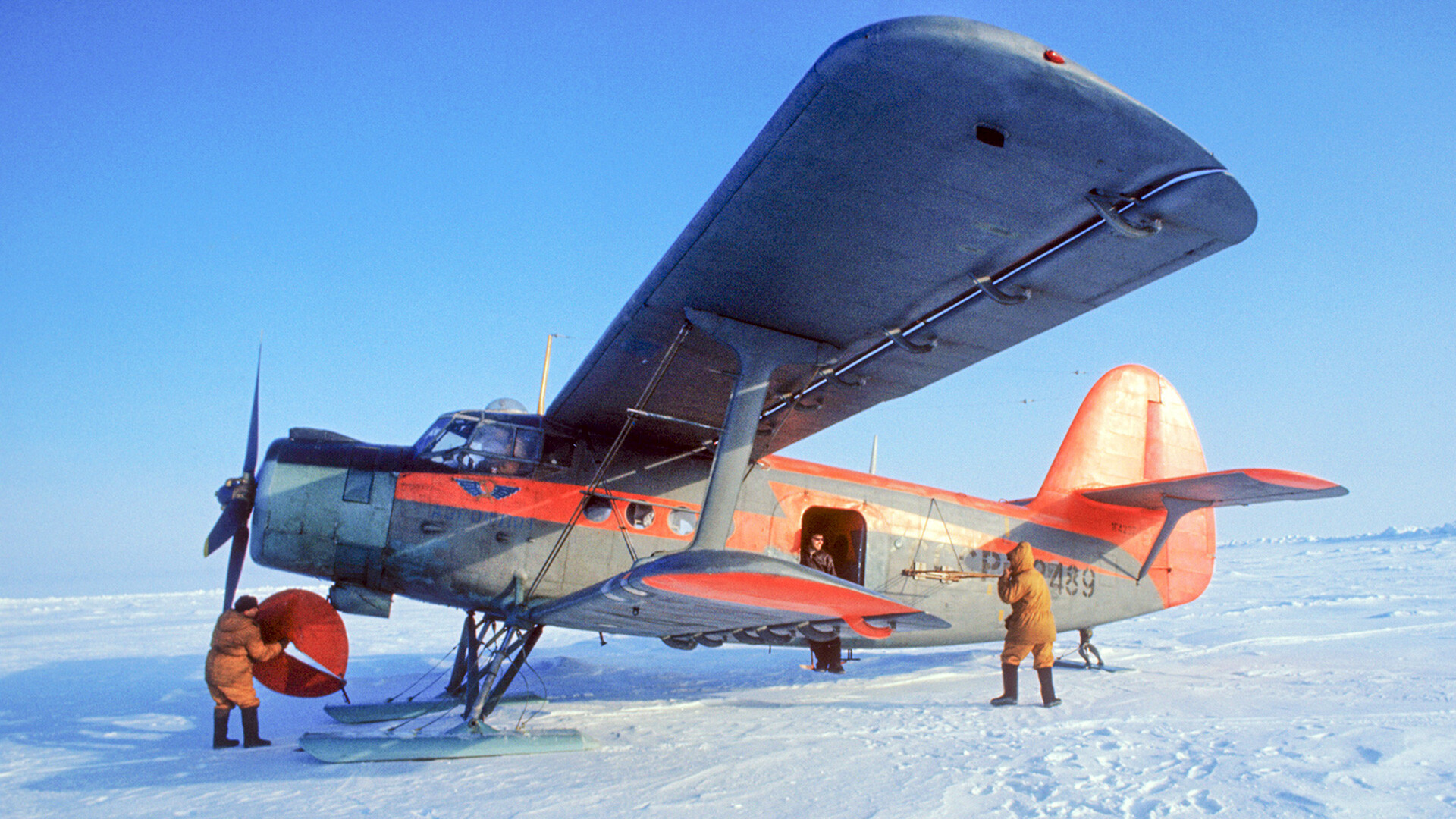
The Soviet An-2 biplane made its maiden flight in 1947. As it turned out, it was destined to become one of the most successful designs ever developed by the Soviet aviation industry. In 1992, it even ended up in the Guinness Book of Records as the only aircraft in the world that had been in continuous production for 45 years.

Initially, the biplane was given the name ‘SKhA’ (a Russian abbreviation for ‘Antonov Agricultural Aircraft’) and intended for agricultural use. But, it also found applications in the civil aviation fleet, freight shipment, the fire services, the armed forces and many other fields. Still, the nickname ‘kukuruznik’ (a Russian word derived from ‘kukuruza’ [corn]. It was used as a nickname for the iconic corn crop duster) will forever be attached to the An-2.
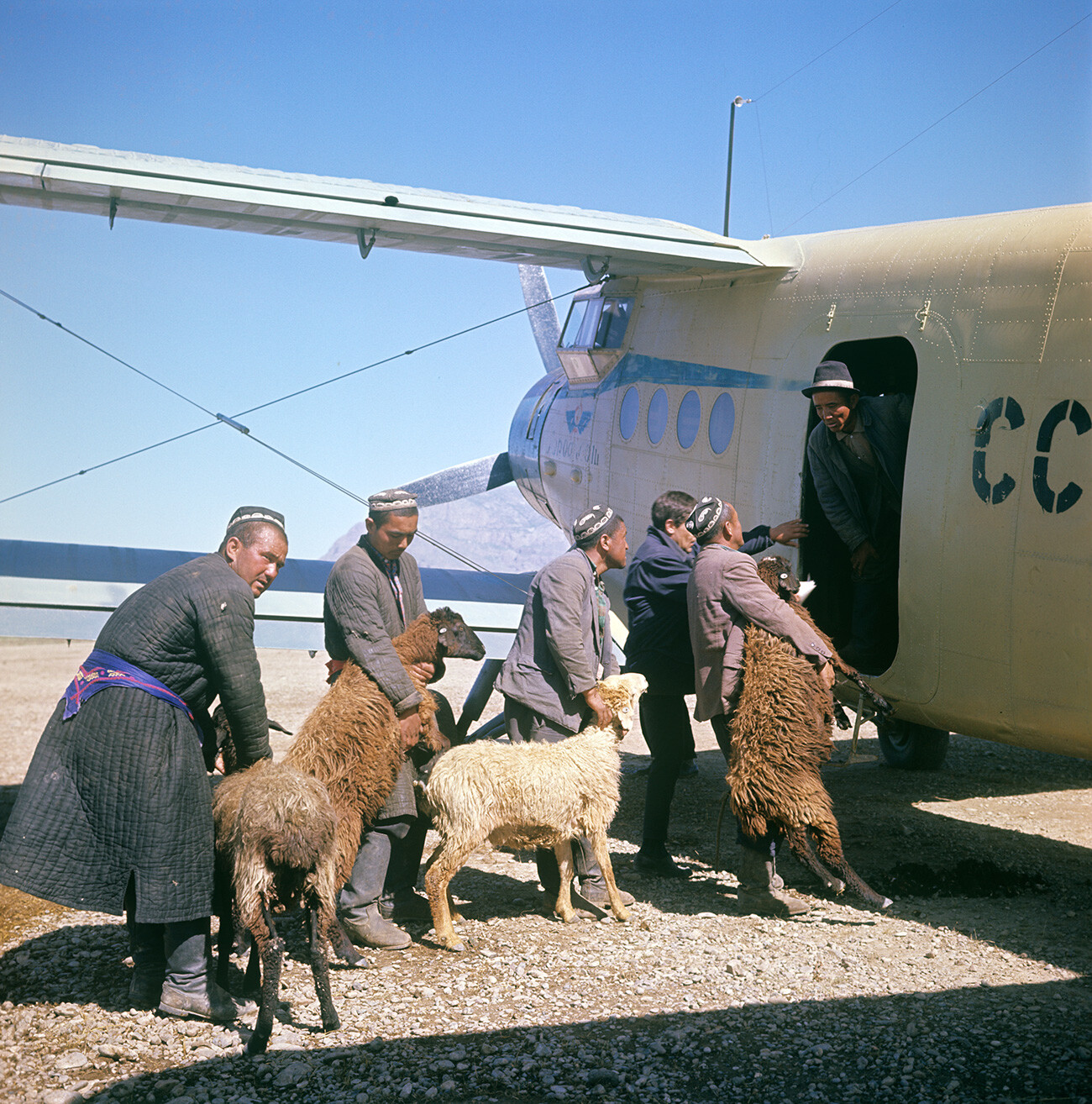
In the late 1940s, when the biplane was first produced, it already looked like an anachronism. By and large, aircraft made at the time were monoplanes with retractable landing gear to reduce drag and increase speed. But, for the An-2, which was intended to spray fields, the lower the speed, the better. Despite this, the aircraft has a top speed of 258 km/h (160 mph).

According to Alexei Kryukov, general director of the ‘RUSAVIAPROM’ aviation enterprise, the biplane's design has proved irreplaceable for a small transport plane: "The An-2's design means that it has unique performance characteristics: short take-off and landing, low speed, good climbing power and high load-carrying capacity: It can carry up to 1.5 tons, including oversize cargo."

The biplane is noted for its reliability, ease of handling and serviceability. But, the main thing is that it is capable of landing and taking off from small unprepared strips. This is particularly relevant in Siberia and the Far East, where the number of large airports is not that great.
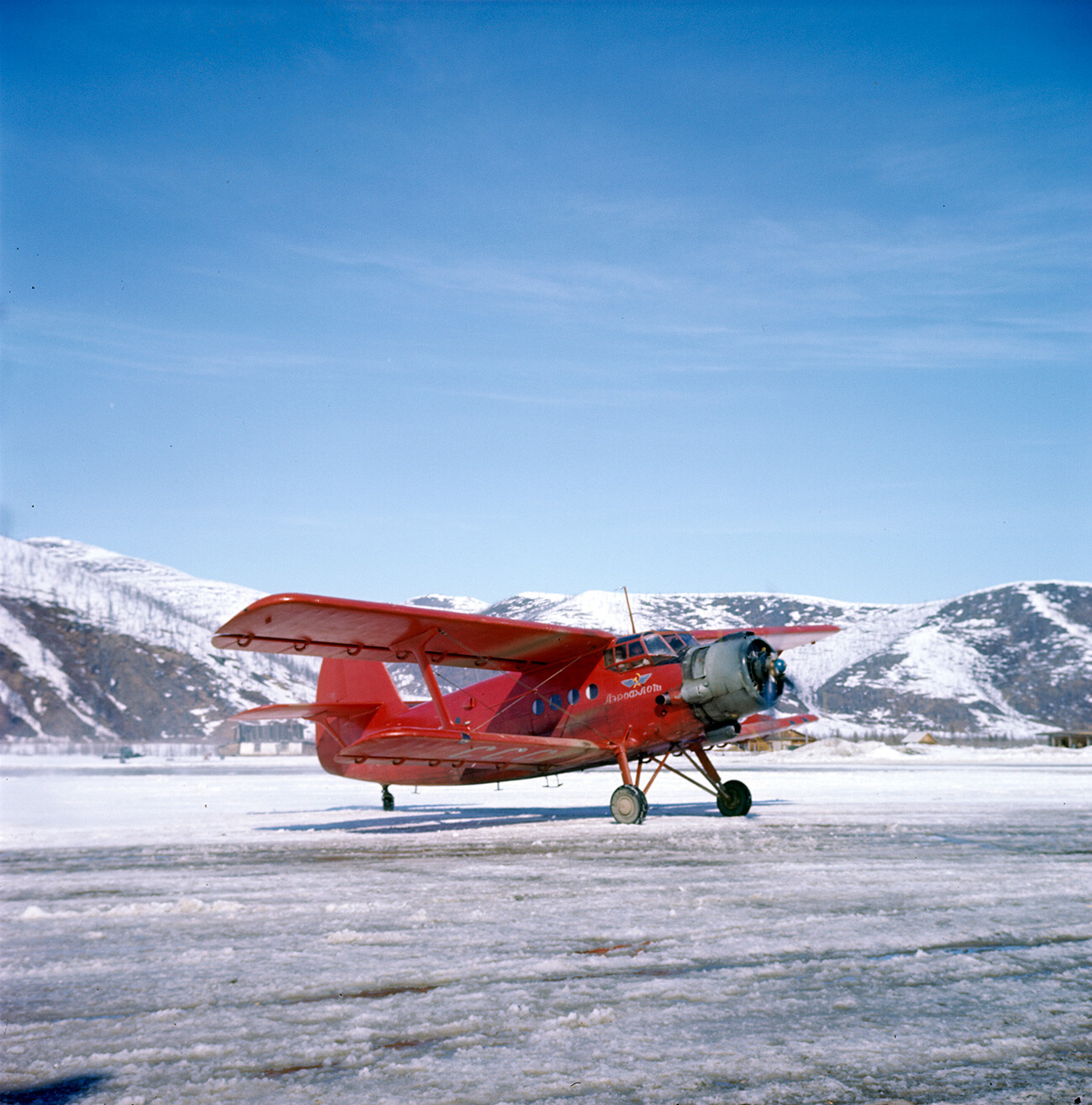
The An-2 easily and rapidly conveys passengers to inaccessible settlements, which would take many hours to reach by all-terrain vehicle or by water using a motor-boat. Up to 300 An-2s of various modifications are currently in service in Russia for passenger transportation and freight shipments.

"An-2s will be able to remain in service for another 10-15 years," Kryukov notes, "because the design service life of the An-2's body is 20,000 hours, while many of the An-2s at air transport enterprises have a lot of service life left in them, having notched up just 3,000-5,000 hours."
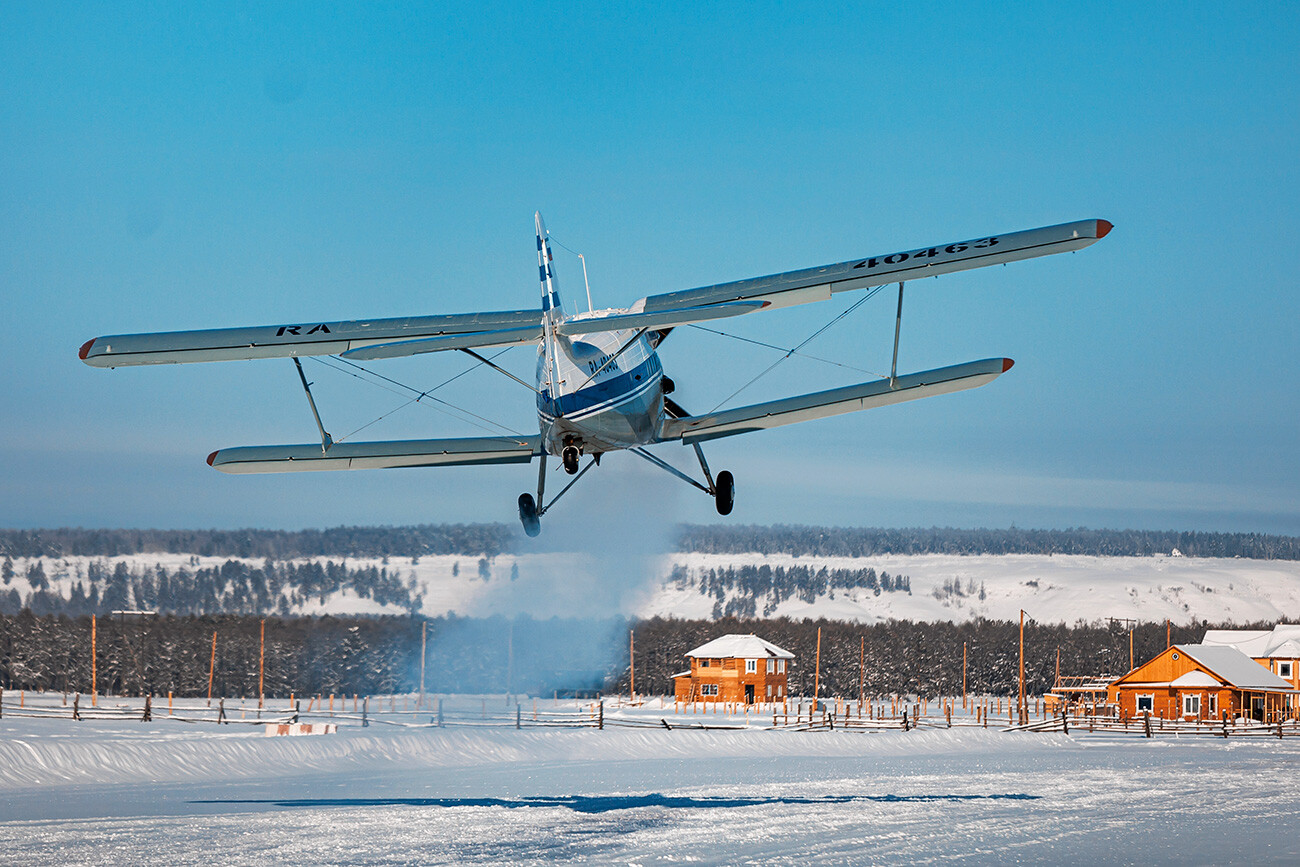
The biplane was not only manufactured in the Soviet Union, but also in China and Poland – around 18,000 planes, in total. Production of the An-2 ended at Soviet enterprises in the early 1970s and at Polish plants in 2002, while, in Shijiazhuang, China, it is produced to this day under the brand ‘Yunshuji’ Y-5.
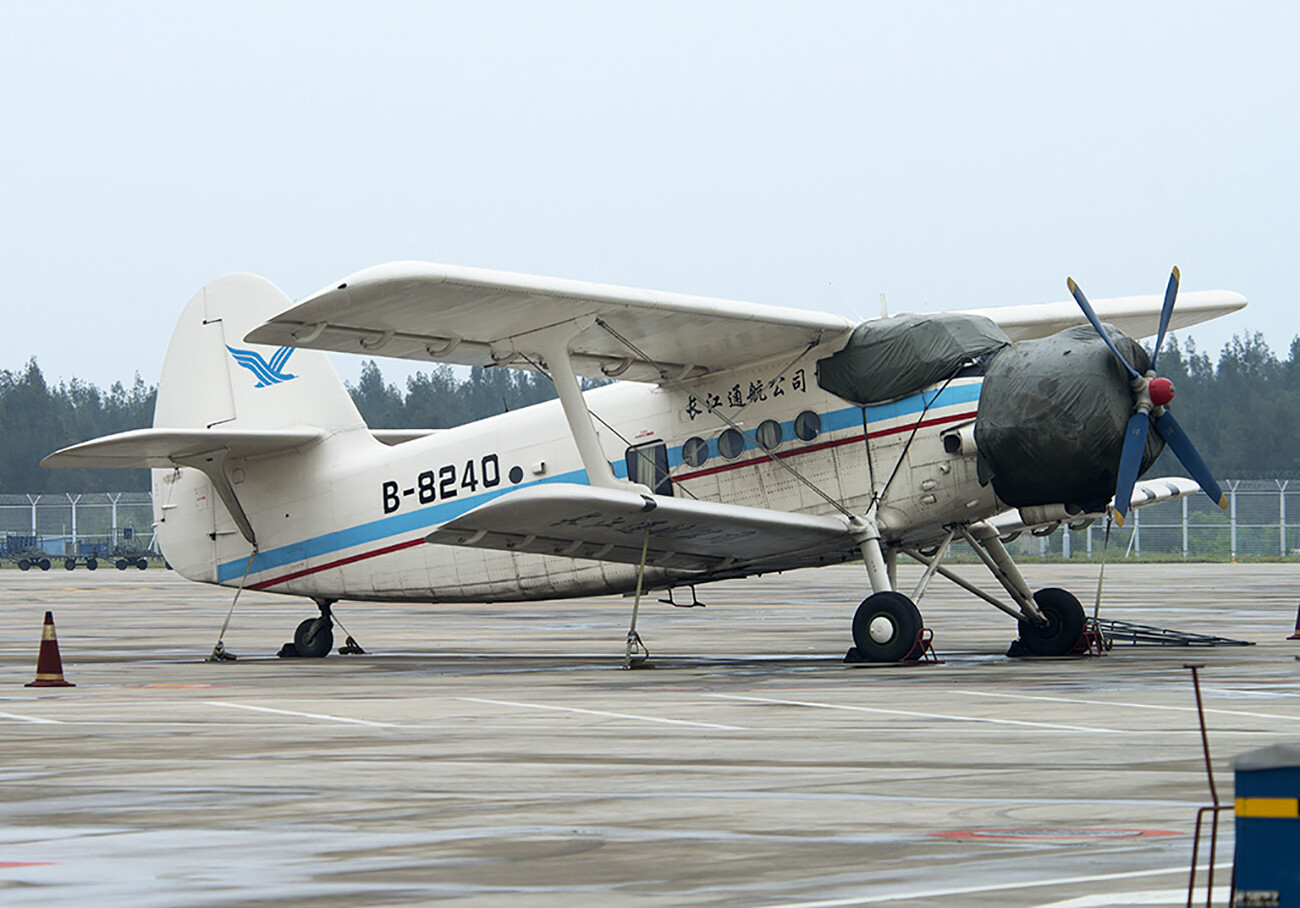
Famous Soviet actors and a number of foreign heads of state flew on An-2 planes.They included North Vietnamese leader Ho Chi Minh, the head of the People's Revolutionary Government of Grenada Maurice Bishop and King Mahendra of Nepal.
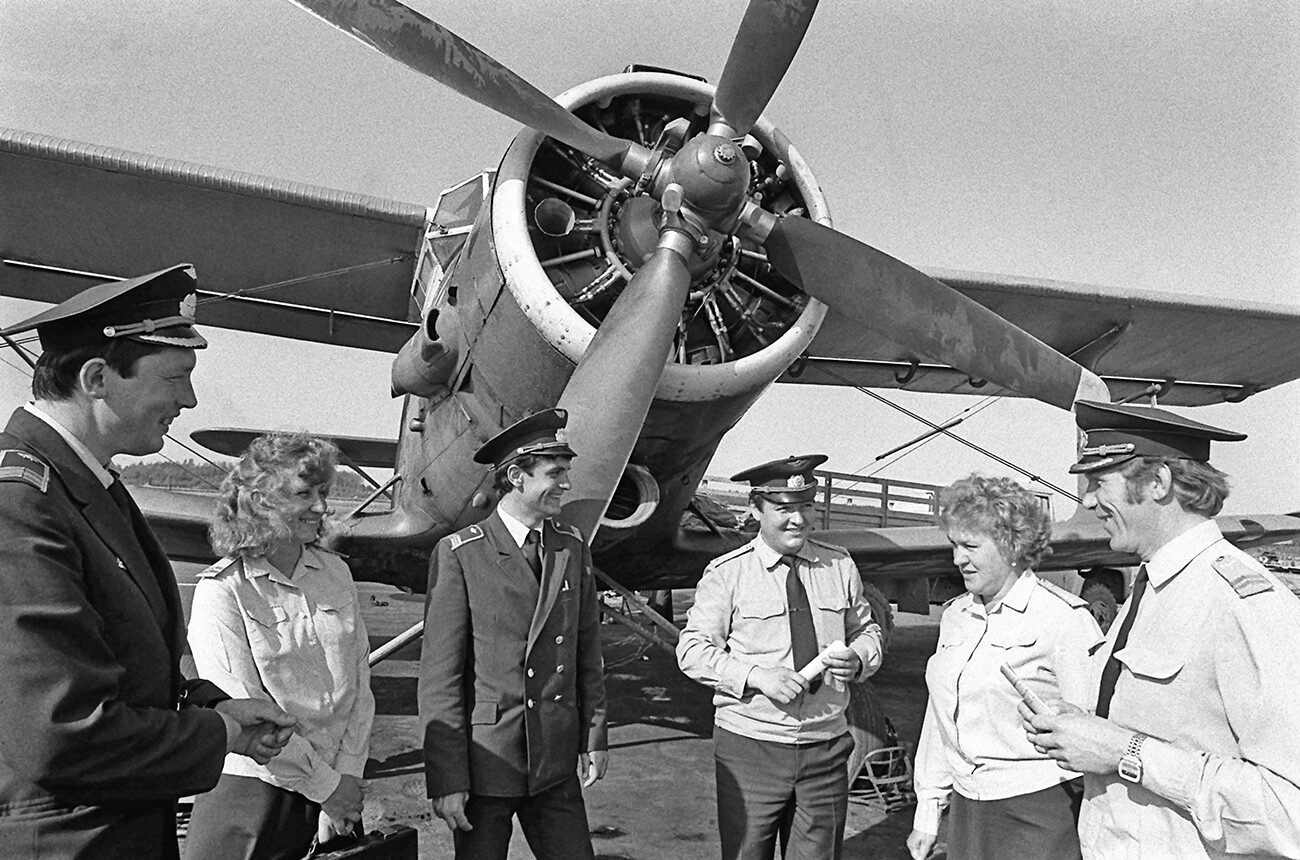
During his tenure as first secretary of the Central Committee of the Communist Party of Kazakhstan in the mid-1950s, future Soviet leader Leonid Brezhnev also used the An-2. "It was irreplaceable for getting about. The pilots would select a landing spot from the air and could come down anywhere in the steppe – next to any dip in the ground, tractor or field station," he recalled.
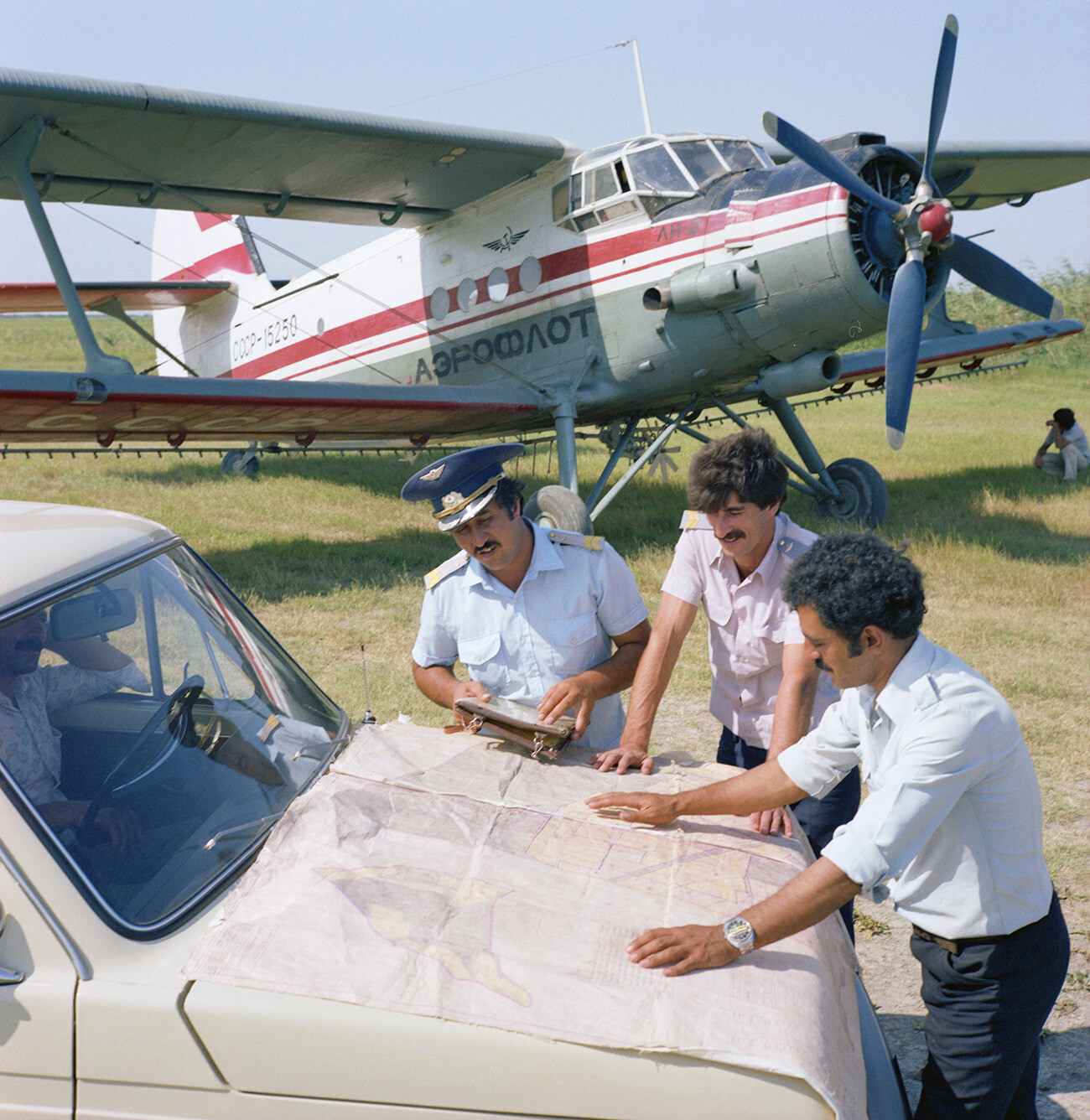
As a military transport plane, the An-2 biplane is in active use with more than a score of states. It has participated in at least 40 armed conflicts, from the Korean War to the 2020 hostilities in Nagorno-Karabakh.
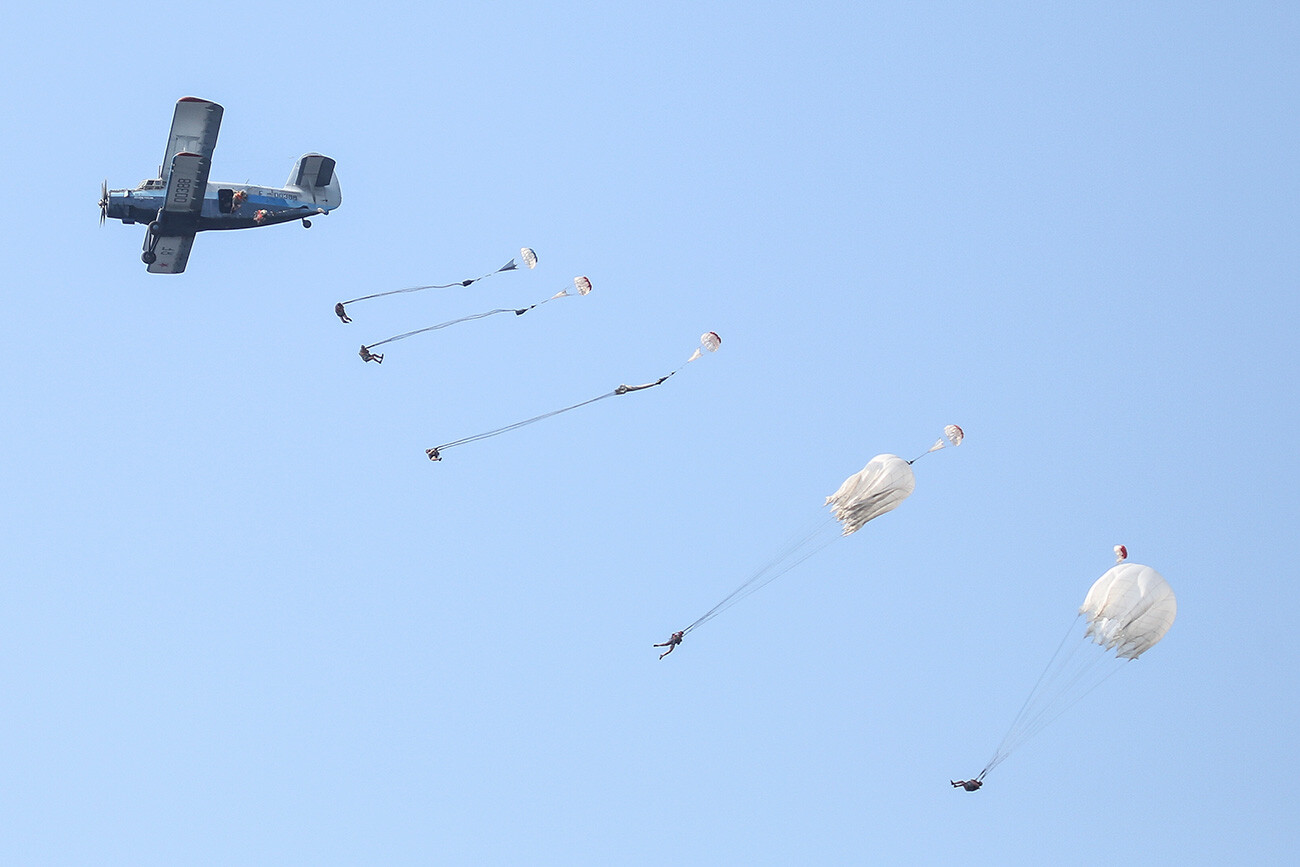
The most successful contemporary modification of the iconic Soviet plane is the TVS-2MS biplane. While retaining all the merits of its predecessor, it enjoys improved performance characteristics, it is more comfortable for pilots and passengers and less noisy and uses cheap aviation kerosene instead of aviation gasoline.
 TVS-2MS.
TVS-2MS.
The plane has been in mass production since 2015 and around 30 have been manufactured so far. "This [low] number of planes is explained by the use of a high endurance engine, which results in a several fold increase in the cost of the TVS-2MS compared with the An-2. However, the TVS-2MS still costs significantly less than comparable imported models," according to Alexei Kryukov, whose ‘RUSAVIAPROM’ company makes these planes today.
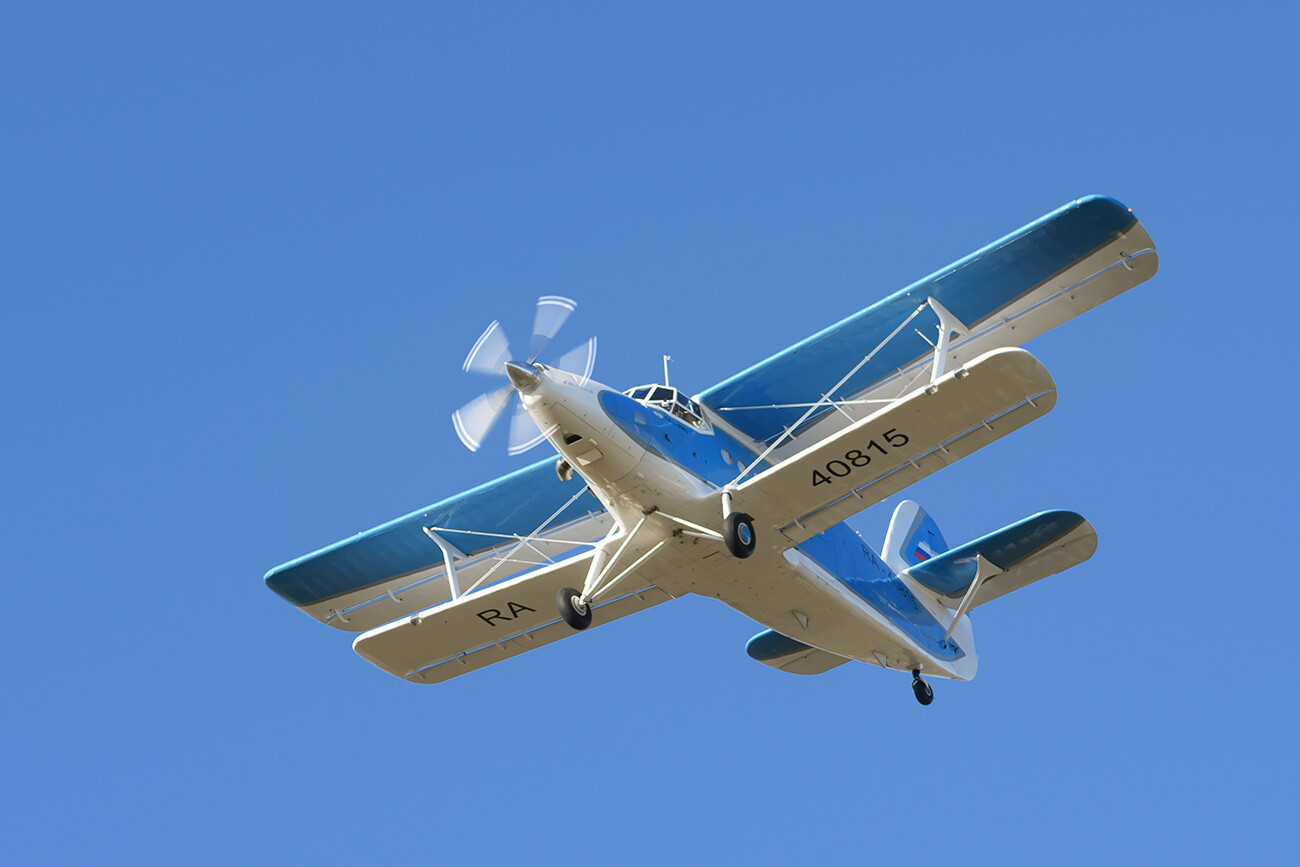 TVS-2MS.
TVS-2MS.



